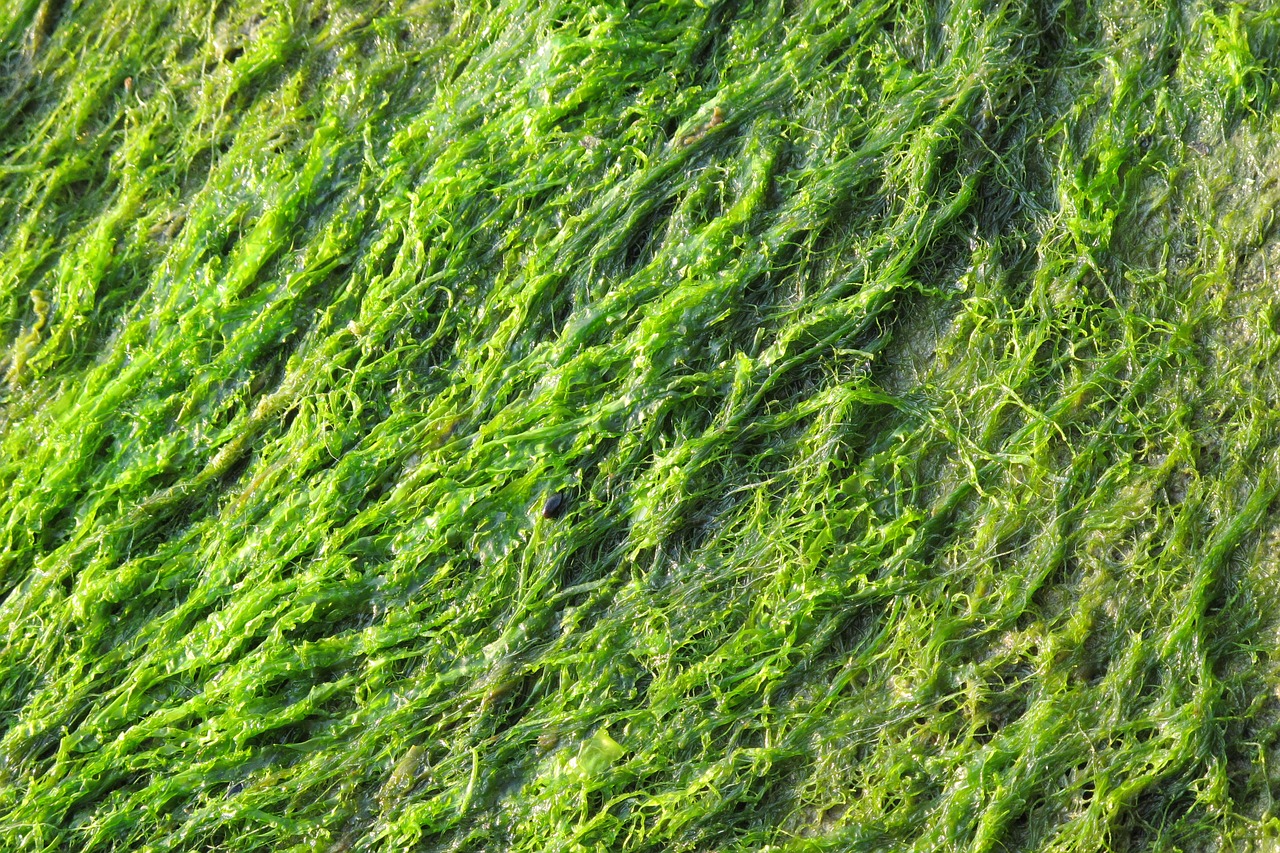United States – According to a US Department of Energy research, over 1 billion tons of biomass could be collected and processed into biofuels in the US sustainably by 2030.
However, putting that idea into practice will require advancements in how biomass is cultivated, gathered, and processed. This is especially true for developing feedstocks such as municipal solid waste (MSW) and carbon-dioxide-eating microalgae, both of which are promising components for the production of zero-emission biofuels and bioproducts.
After receiving nearly $2 million from the US Department of Energy Bioenergy Technologies Office, the National Renewable Energy Laboratory (NREL) is assisting in unlocking the full potential of the US feedstock supply (BETO).
The funds will be used to support NREL scientists and collaborators in their research into how to best grow photosynthetic algae and efficiently sort municipal solid trash, both of which are critical stages toward making both feedstocks more cost-effective.
The production of biofuel from algae and MSW poses distinct logistical obstacles. Farmers, for example, must carefully produce algae in big outdoor ponds where the organisms are subjected to a variety of climatic conditions. After that, the algal biomass must be harvested and processed to provide the fuel-feedstock. A significant issue with MSW, on the other hand, is quickly sifting and processing its tangle of glass, metal, plastic, food waste, and other objects put in the trash.
Intelligent Waste Sorting Utilizing Advanced Imaging and Artificial Intelligence
Today, more than half of all MSW is disposed of in landfills across the country. The goal of this research is to remove a major hurdle to converting waste into a resource for the production of sustainable fuels and chemicals: swiftly defining and sorting the many components that comprise MSW. A team of NREL researchers, led by John Yarbrough and Ashutosh Mittal, will build and demonstrate an open-source, publicly available, and fully working smart MSW management system in collaboration with partners from North Carolina State University, the town of Cary, and IBM.
The new sorting system will use spectroscopy, computer vision, and machine learning to quickly detect, describe, and provide educated judgements on the overall quality of various MSW materials, including evaluating their calorific value. This work will eventually allow the AI-driven smart MSW management system to be coupled with commercially available robotic systems, allowing for real-time redirection of the organic fractions of MSW (food, plastic, paper and paperboard, rubber, leather, and textile) to the appropriate conversion-ready feedstock destination at multiple conveyer speeds.
North Carolina State University, NREL, Cary, North Carolina, and IBM are among the major participants.
Using Passive Direct Air Captured Carbon Dioxide to Grow Algae Outside
Scientists are becoming increasingly interested in employing photosynthetic microalgae to capture and store greenhouse gases such as carbon dioxide (CO2). However, today’s algae farms must be supplemented with cheap, consistent streams of CO2—often from neighboring power plants or fuel refineries—and given in quantities considerably beyond the capacity of the algae ponds, resulting in efficiencies of less than 20%. A group of scientists hopes to increase CO2 collection and storage efficiency by combining algae cultivation as photosynthetic and biocatalysis systems with a mechanical tree with a passive direct air capture unit.
To increase CO2 uptake, the NREL team, lead by Lieve Laurens, will investigate strategies for boosting carbon capture and storage efficiency in algae utilizing biological, engineering, and analysis methods. The NREL team will study the diet of a highly productive algae species in conjunction with techno-economic and life-cycle analysis to understand how it might be engineered to better store greenhouse gas as cell biomass, as well as develop novel CO2 delivery approaches in conjunction with the introduction of a highly effective carbonic anhydrase protein.




